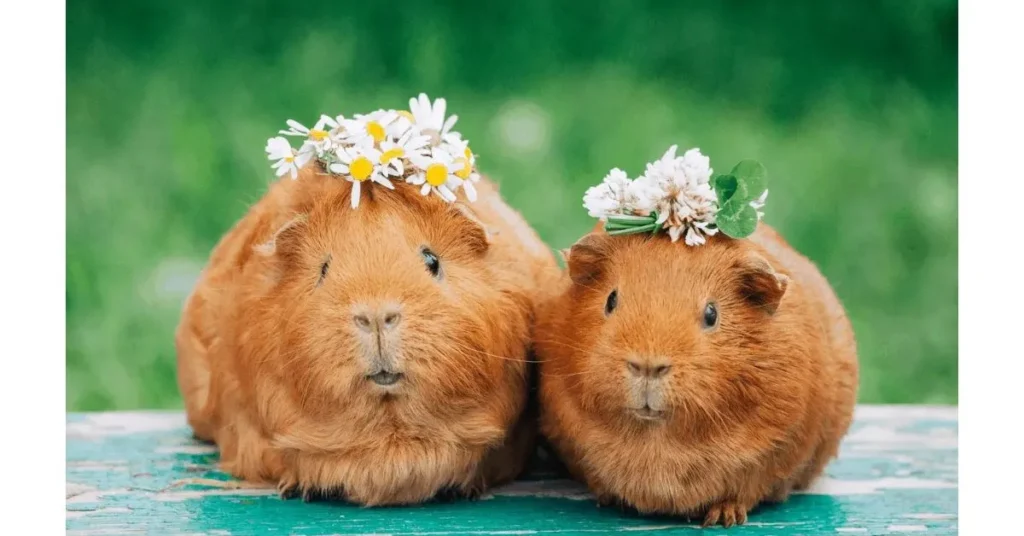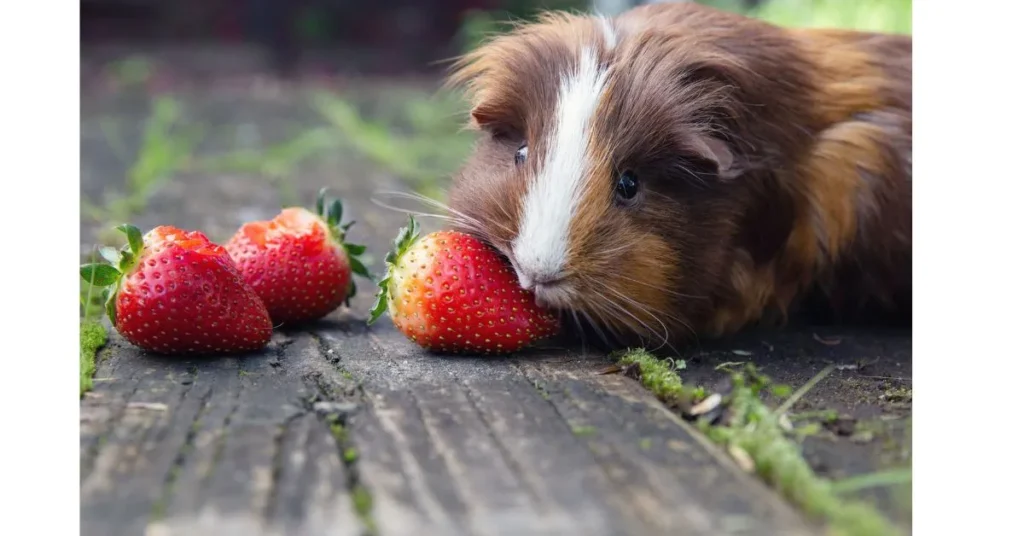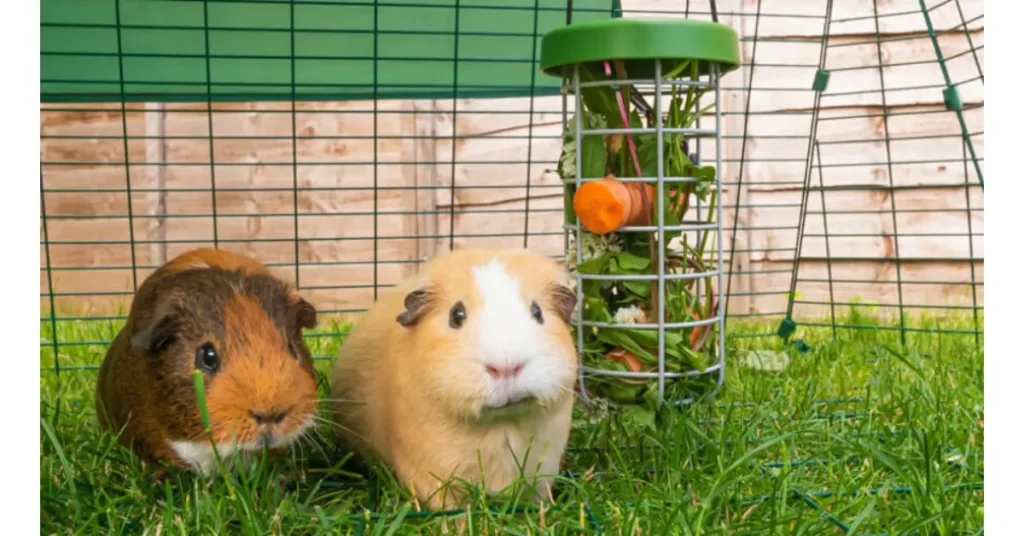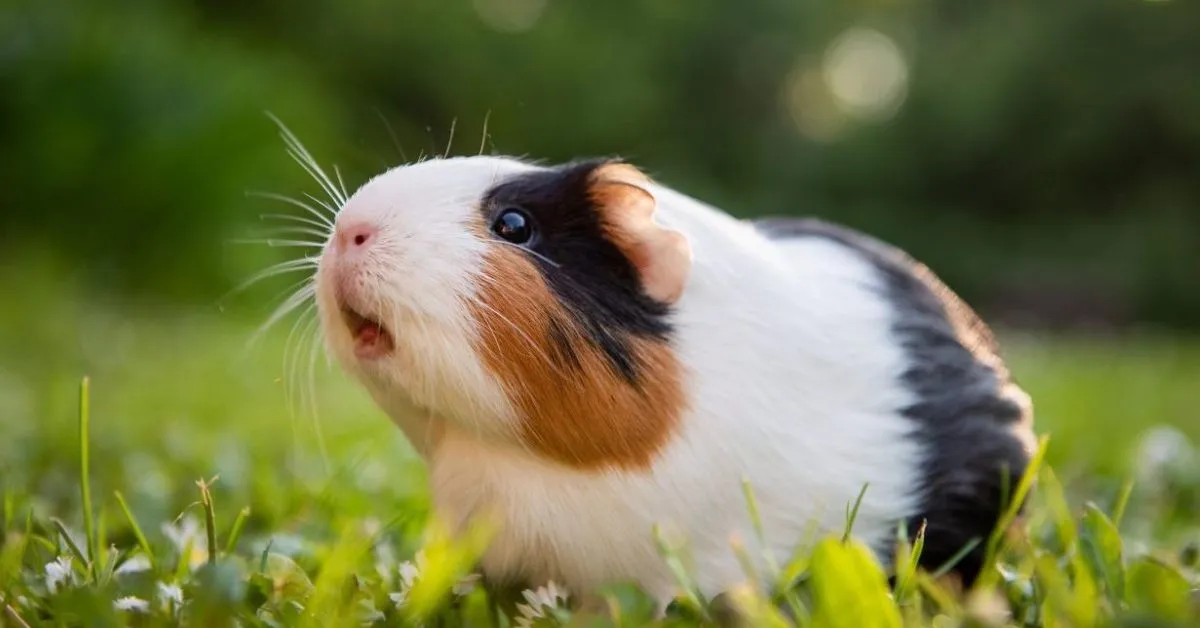Long Hair Guinea Pig || Comprehensive Guide
The Guinea Pig is a domestic rodent that is rarely found in forests, mostly found in northern Argentina and northern Chile. Now it is very popular all over the world and its meat is used a lot. It looks very attractive because of its different colors and its beauty and because of its beauty it is popular worldwide as a pet. It is also known as its scientific name Cavia porcellus.
You will be given all kinds of information about it in this article, how to take care of it, what its diet is, what the food is and what type of environment should be kept for it, all this will be told to you in this article.
For Getting more Information about Pets Click Here

Overview of Guinea Pig:
| Common Name | Guinea Pig |
| Scientific Name | Cavia porcellus |
| Diet | Fresh vegetables |
| Weight | 0.9 to 1.2 kg |
| Size | 8 to 10 inches |
Physical Characteristic:
- Their body has a firm and round appearance which looks very attractive and it makes their body stable.
- Their soft hair and color varies depending on the breed. Their soft and smooth hair is short in some breeds and long in some breeds.
- They are found in a variety of colors that make up more than 20 species.
- Other mice have tails, but because they do not have tails, it is distinct from other mice.
- Their eyes are large, solid, or black in color, very beautiful and charming to look at, located on both sides of the head, giving them a wide range of vision.
- They have four small legs that help them walk and dig in their nests.
Food and Diet of Guinea Pig:
Food helps to keep them alive like others, they supplement their vitamin C deficiency by eating fruits and vegetables in their diet. It also keeps them healthy. Supplements are given to make up for the deficiency when they have an excess of vitamin C. Special types of pellets are prepared to meet their nutritional needs. These pellets should have low fiber content.
- Grass
- Pellets
- Vegetables
- Fruits
- Fresh Water

Behavior and Temperament of Guinea Pig:
They are quite gentle and calm minded. They are characterized by the fact that they do not like to live alone, but prefer to live with other Guinea Pig. They are very good with their owners, they can communicate with their owners by speaking, and when they need food, they make wheeking noises and ask for food.
Naturally, these animals are characterized by being very shy whenever they feel any kind of danger, but when they become completely confident they start playing and showing curiosity.
Housing requirements for Guinea Pig:
Enclosure Size:
They need an open cage to live in and a proper cage environment in which they can survive easily. Their enclosure should be at least seven and a half square feet in size to help them grow properly.
Temperature:
They need a temperature to live that is provided according to their needs. They prefer to live in cool areas in mostly cold climates and if their ink temperature rises above what they need, there is an increased risk that they will suffer from heat stroke. Their normal temperature should be between sixty five to seventy five Fahrenheit which them feel comfortable and relaxed.
Lighting:
They also need light, if there is no source of natural light in the enclosure, light should be provided to them indirect way. Like others, light plays an important role in their lives. Like other reptiles, they are provided with UV light that looks exactly like natural light.
Cleaning:
Special attention should be paid to the cleanliness of their enclosure. Clean the enclosure every day, removing droppings, and uneaten food. Clean the bowl of water daily.

Lifespan of Guinea Pig:
In Wild:
Their shorter lifespan is due to different problems they face, such as predation, disease, limited access to a balanced diet, and environmental problems. Their life span is three years to five years.
In captivity:
Their lifespan is longer because they do not face any problems, they get proper food and environmental factors in which they easily survive. Their life span is five to seven years.
Breeding in Guinea Pig:
Before trading them, special care should be taken to ensure that both males and females are completely healthy and free from any disease. The female should be at least six months old, and the male should be three to four months old.
After fifty nine to seventy days, the female is provided with a comfortable nest for birth where she can give birth to one to six young depending on the situation.
Health Problems of Guinea Pig:
Dental Problems:
Dental problems occur when teeth continuously grow and cause difficulty in eating, weight loss, and pain. Promotes natural tooth grinding by giving constant access to grass.
Respiratory Infection:
When conditions become poor for them to survive. They are from fever, wheezing and coughing. To prevent this give antibiotics and keep cleanliness of enclosure. Properly clean the enclosure every day.
Scurvy:
They can’t get vitamin C on their own, due to which vitamin C deficiency causes arthritis in their body. They are housed in UVB light enclosures and regularly supplemented with vitamin C to compensate for vitamin C deficiency.
Caring Tips for Guinea Pig:
- Feed them a suitable diet as per their requirement which includes pellets and vitamin C rich in vitamin C.
- Efforts were made to clean their cages regularly two to three times a week to prevent them from various diseases.
- Clean their water bowl daily add fresh water daily and drain the previous day’s water from the bowl.
- They have a lot of body hair which is why they should be combed daily to avoid tangles.
- Build a simple and spacious cage for them to grow well and let them spend time outside the cage so they can exercise and have a place to hide and be agile.
- Make them undergo medical treatment regularly so that they can avoid various diseases.
Conclusions:
Regular and good care is very important to keep them happy which has a great impact on their health. They can provide them with a healthy and dry heir life by giving them a balanced diet properly cared for and a clean environment. They can provide them with a healthy and dry heir life by giving them a balanced diet properly cared for and a clean environment.







